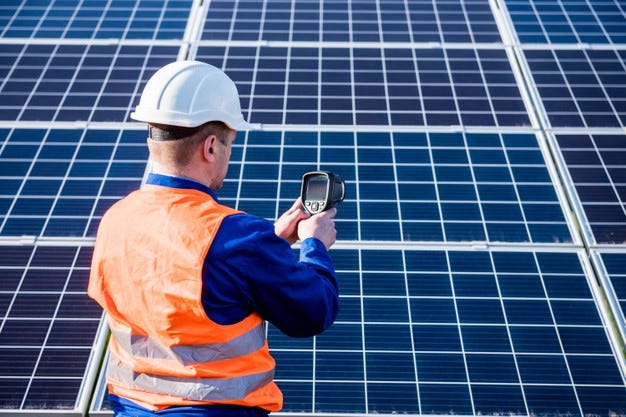Infrared Thermography and Moisture Intrusion Inspection

Thermal infrared (IR) imaging is a valuable tool for inspecting and performing non-destructive testing of building elements, detecting where and how energy is leaking from a building’s envelope, collecting data to clarify the operating conditions of hard to access systems, and identifying problems with building components that cannot be physically inspected. Technically, the identification of IR electromagnetic radiation produced by the inspected components is the goal of IR inspections.
With infrared IR imaging, a comprehensive image of the inspected area is produced. Other investigative methods can use the obtained data to detect possible issues, estimate potential energy savings, schedule interventions, and set priorities for preventive and predictive maintenance or the need for emergency repairs to reduce the risk of failure.
The study of infrared imaging is known as infrared thermography (IR). It’s a low-cost, passive heat-sensing technology for “seeing” and “measuring” the thermal energy emitted by things that cannot be seen with the naked eye. Essentially, thermography is a method of observing building systems under normal working conditions to detect abnormally warm or cold regions, which might signal a variety of issues. Moisture/water infiltration is one of these issues.
Water intrusion is defined as the unintentional flow of water or water vapor into sections of a structure where it might cause harm. A leak in the roof, for example, is an obvious example of water intrusion, since it represents an undesired and potentially destructive incursion of water into a building. Water that seeps into the basement through cracks or other entrance points in a foundation or basement walls is another good example of intrusion. While these are the most visible kinds of intrusions, they are far from the only ones that can damage a building. Plumbing leaks are another type of infiltration, and repairing them may be costly if the damage is significant.
There are also more subtle forms of moisture intrusion, such as the buildup of water vapor and condensation in particular sections of a building. Although not as dramatic as a big leak, this might still result in harm to the building components used in its construction. Because fluid accumulation has the potential to cause physical damage as well as health problems, it is critical to detect and address any intrusion concerns that may be present in the structure.
Intrusion poses several risks, which can affect both the structure and the building’s inhabitants. For instance, allowing water to collect may lead to the growth of toxic mold, which can have a significant impact on the health of individuals who spend extended amounts of time in the building. It can also have an impact on the interior air quality.
Water-saturated wooden beams frequently lose their strength and collapse, compromising the structural integrity of at least a portion of the overall system. The underlying causes of problems can be identified with infrared thermography and corrected before issues arise. One certainty regarding water intrusion is that the consequences get worse with time. It may not be discovered until substantial damage has already occurred. If leaking roofs are not fixed within 24 to 48 hours of the water incursion, they can cause water damage and mold development. Infrared thermography can assist in identifying the real source of the incursion more quickly, allowing for more prompt intervention.
